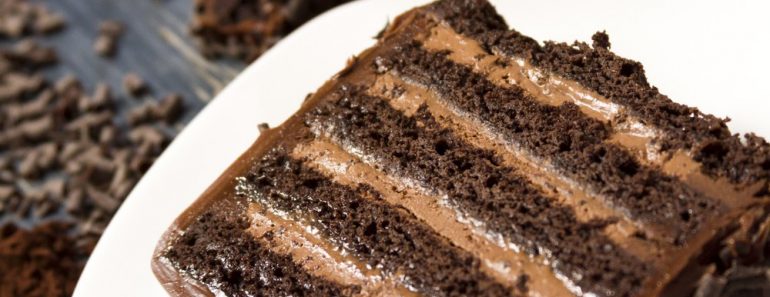

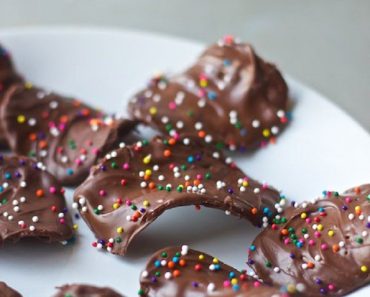
Chocolate Potato Chips Cookies
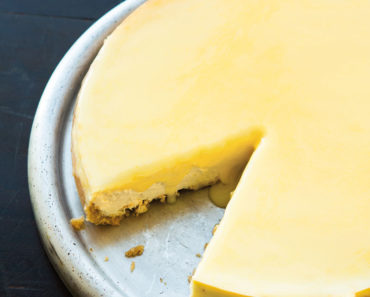
Goat Cheese & Lemon Tart
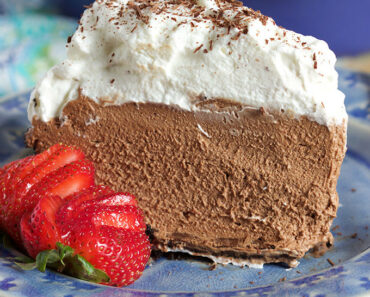
Creamy Chocolate Mousse Pie Recipe
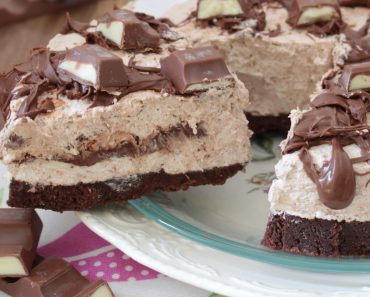
Creamy Kinder Chocolate Cake Recipe
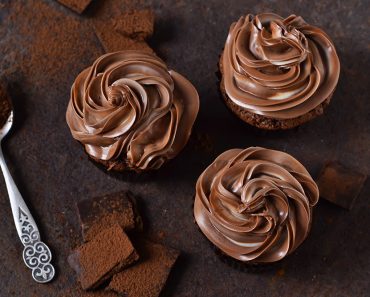
Moist Dark Chocolate Cupcakes
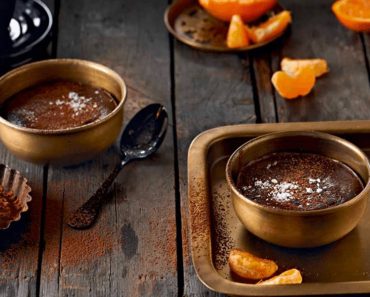
Easy Olive Oil Dark Chocolate Pots Recipe
September 8, 2025
Recipes
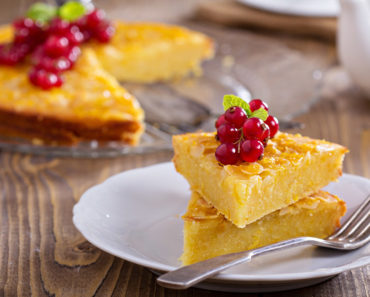
Moist Apple Teacake (35-Minute Recipe)
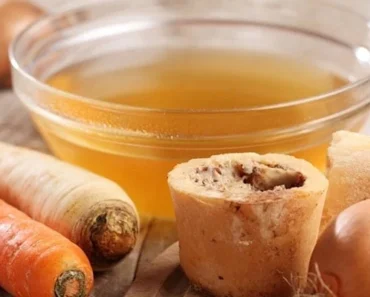
The Nutritional Benefits of Bone Broth
September 6, 2025
Healthy Life, Uncategorized
